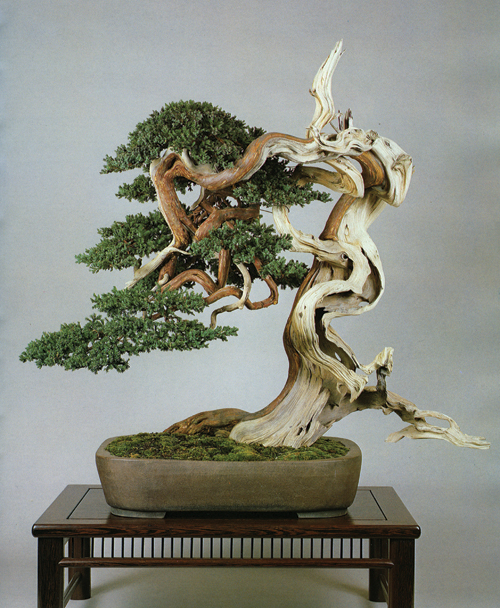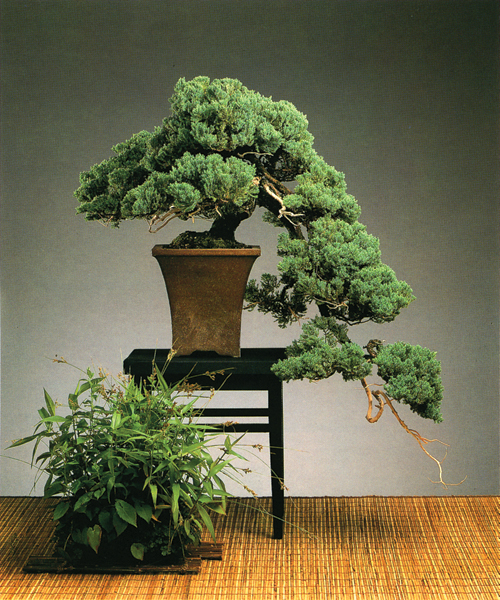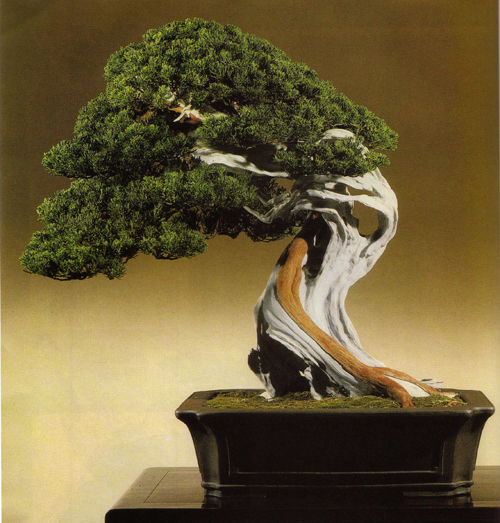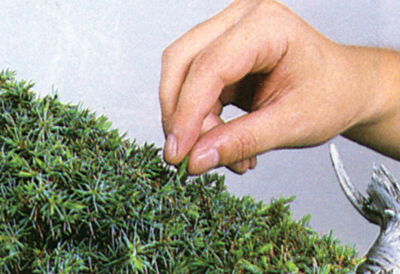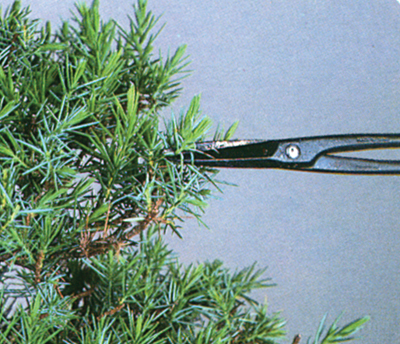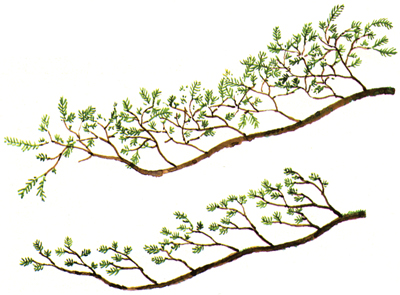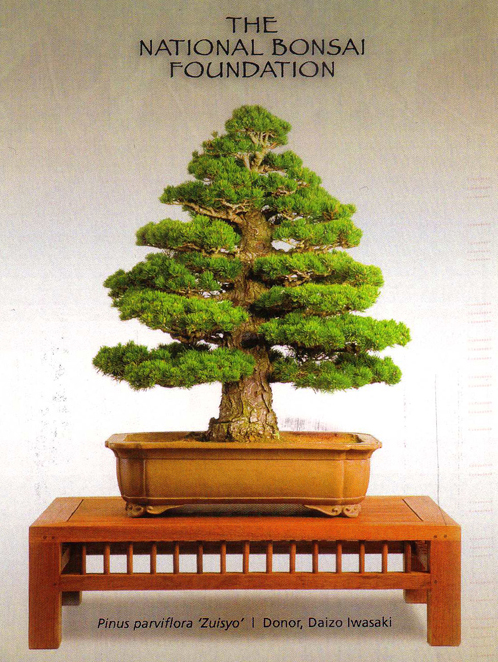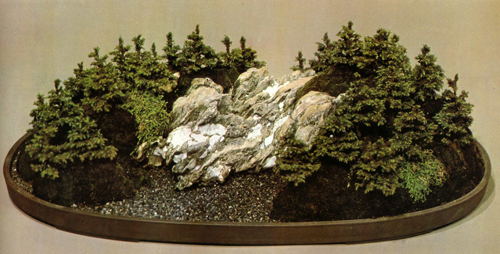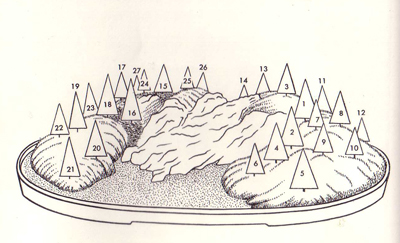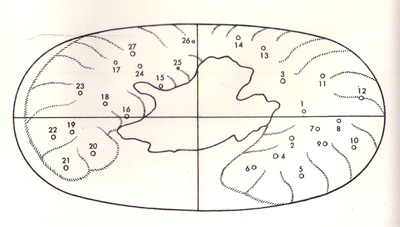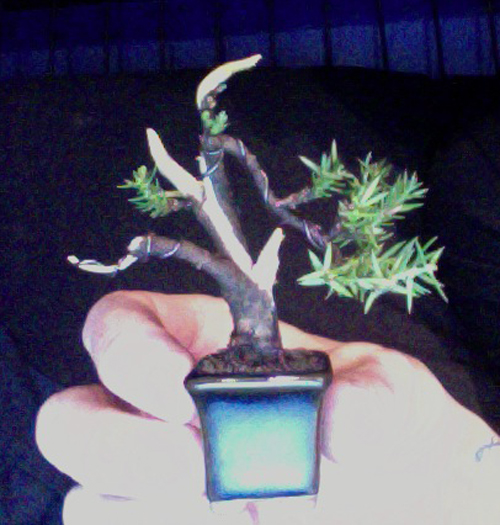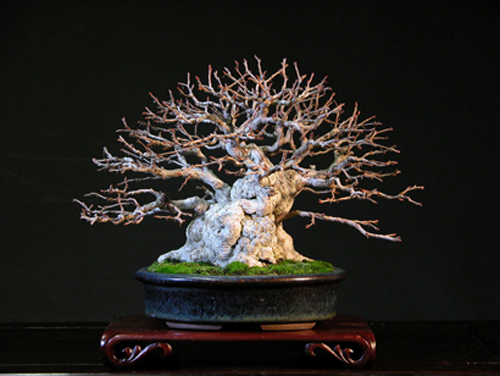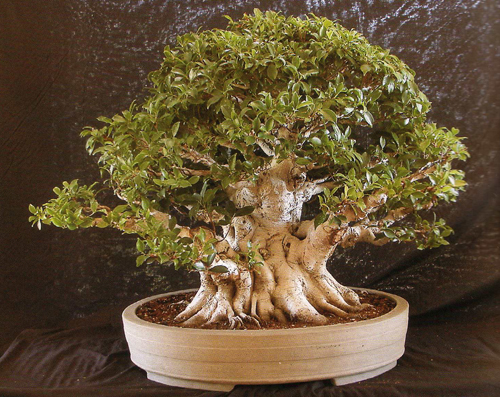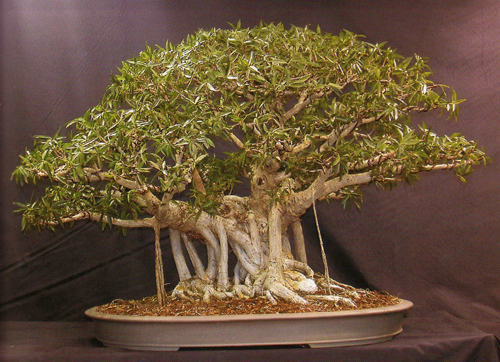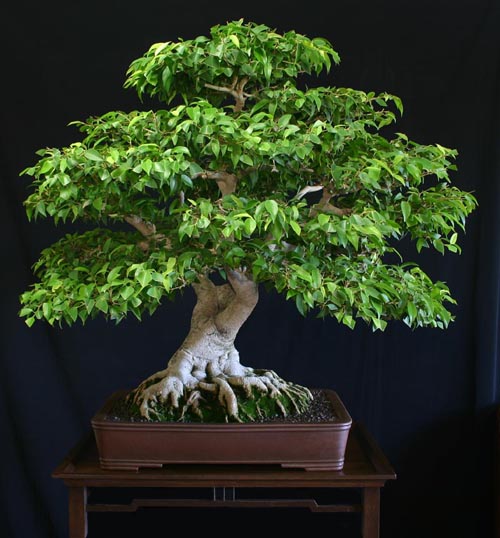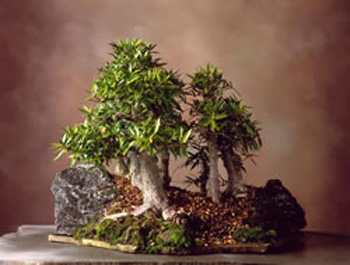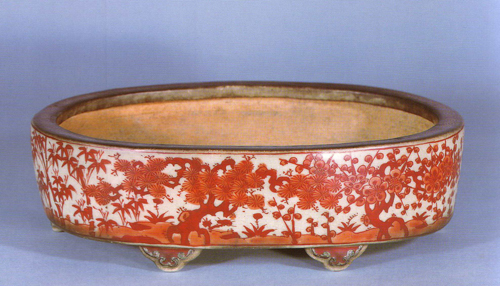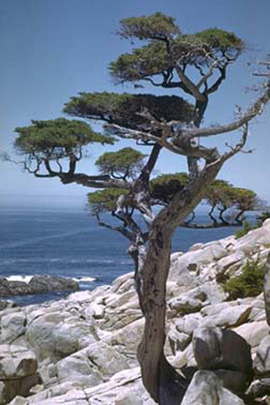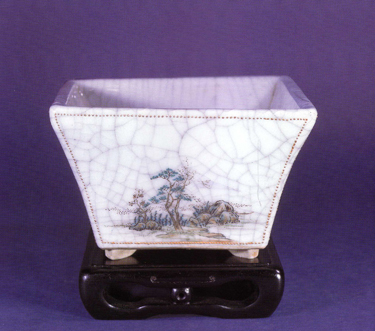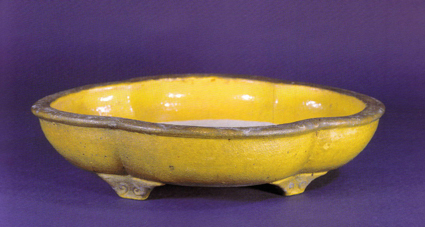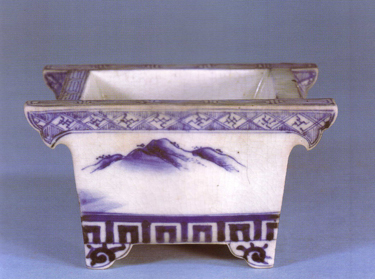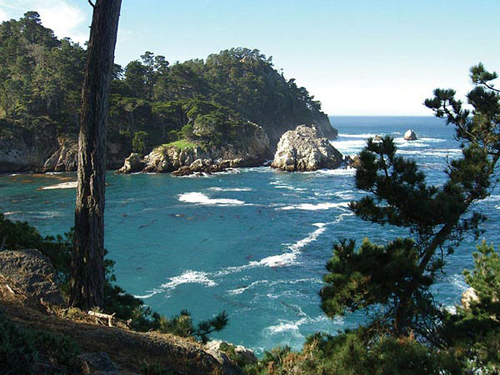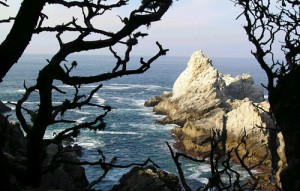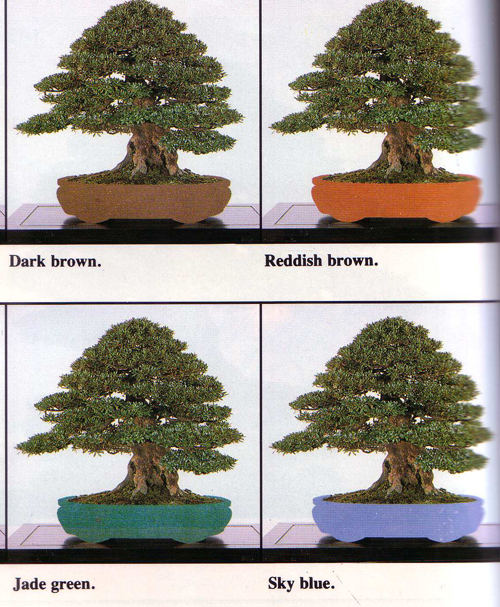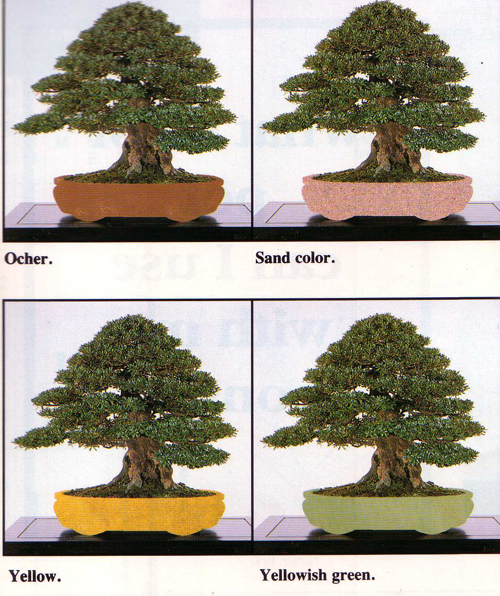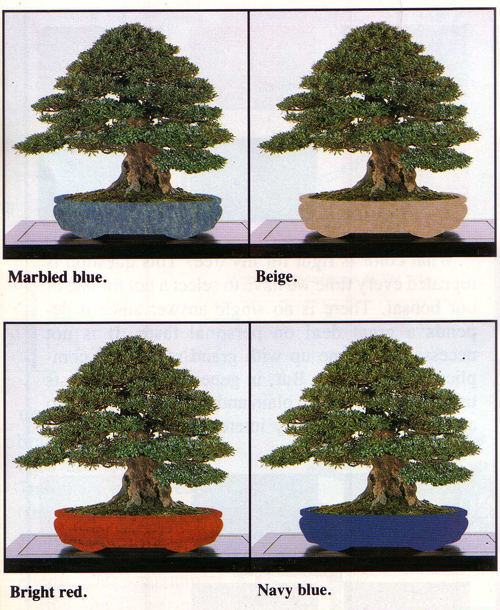My study group in Seattel went out on a field trip to colect native accent plants. This photo document our adventure into the wilds:
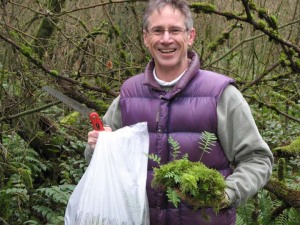
The intrepid Grant Rauzi with a licorice fern, deftly separated from a log with a saw…

The total take of accent, including licorice fern, coral berry, and red huckleberry.

Potted: Licorice fern growing on a rotted piece of wood, with moss temporarilly attached with raffia.

And another licorice fern found growing on rotting log, planted in a pot with kanuma.
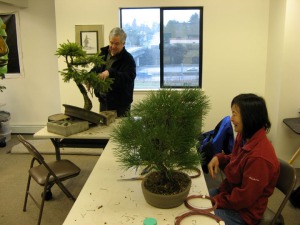
Wiring aficionado Joyce Tsuji with a black pine in the second Seattle study group, with our koi expert Dick Benbow, engaged in the first styling of an Englemann spruce…
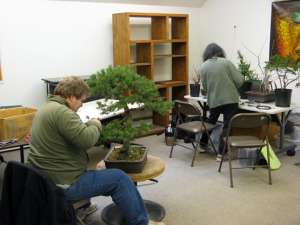
And the noble students Ruth Chaus and John Muth, determinedly applying copper to their conifers…
Happy accent plant hunting everyone
Read more!
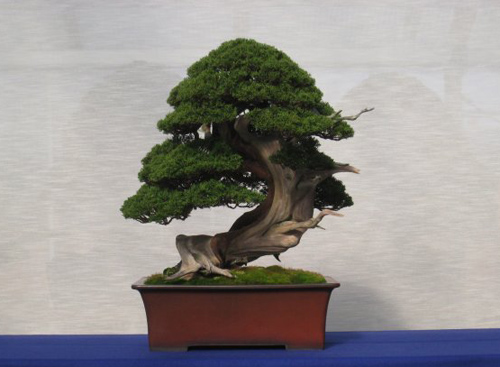
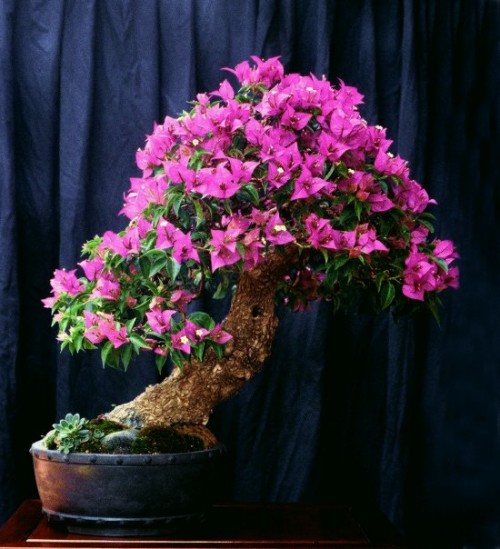
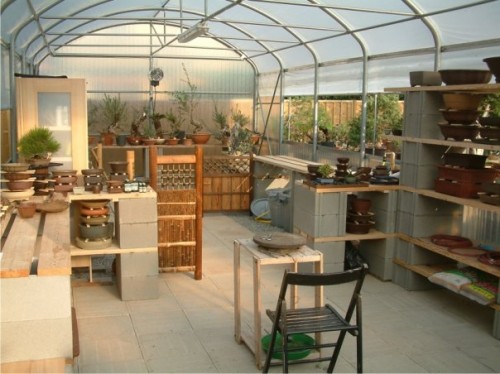


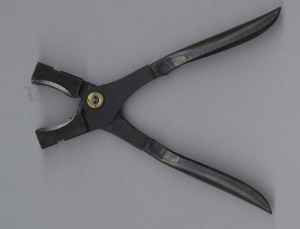
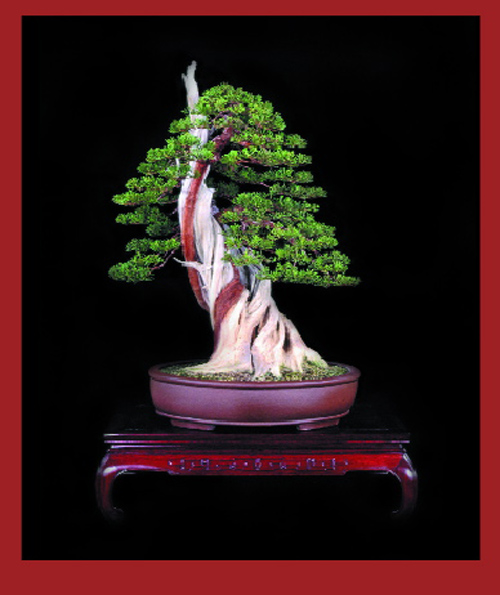
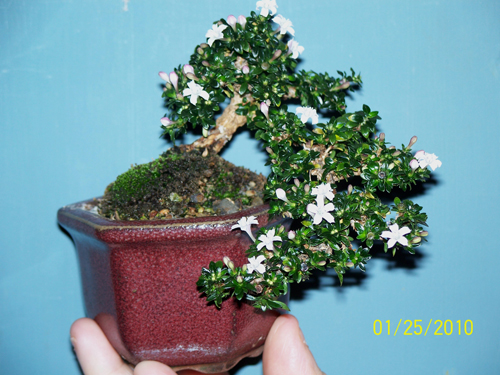
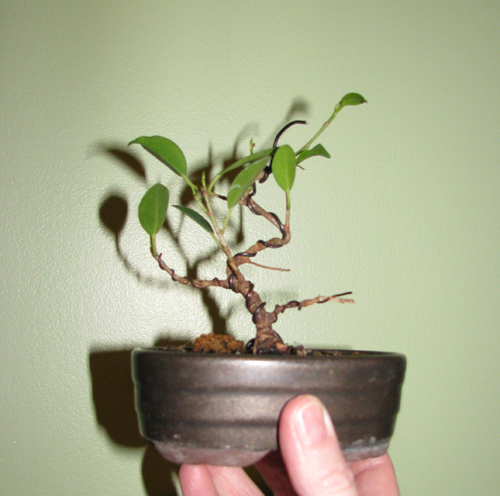

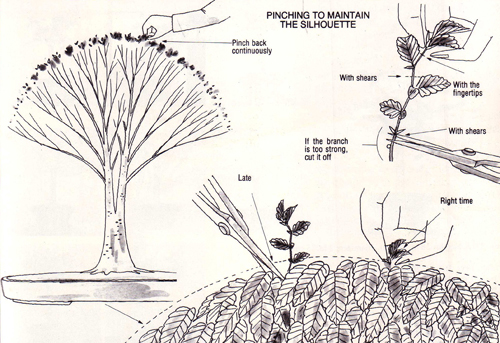




 Wiring aficionado Joyce Tsuji with a black pine in the second Seattle study group, with our koi expert Dick Benbow, engaged in the first styling of an Englemann spruce…
Wiring aficionado Joyce Tsuji with a black pine in the second Seattle study group, with our koi expert Dick Benbow, engaged in the first styling of an Englemann spruce…
